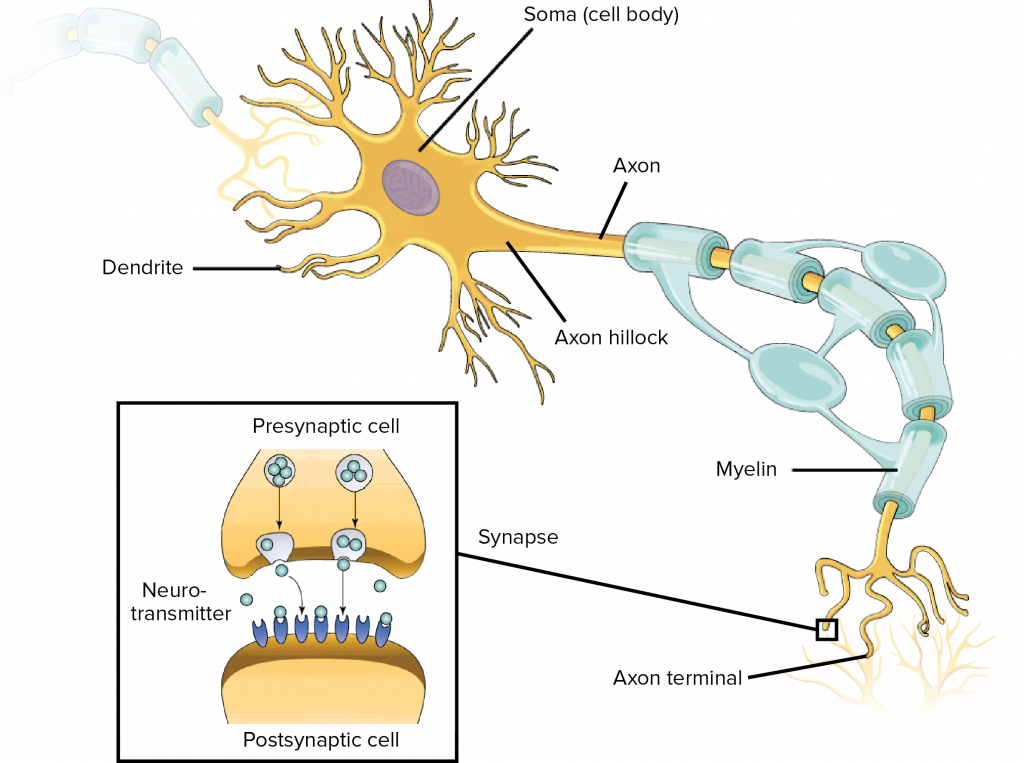Spiking HM
Created Thursday 30 May 2019

Neuromorphic computation
- Neuroni, se li conosci li eviti
- Algoritmi per Reti Neurali Impennanti
- Tre chips
Sinapsi
Sistemi dinamici
- Un set di equazioni differenziali

- Una matrice di connettività
- Descrizione matematica delle sinapsi
Learning

Caso semplice, Hebbian: "fire together wire together":
Caso difficile STDP → plasticità dendriti, LTP, scaling...
Ma anche:
- Adattamento neuronale (canali ionici)
- Pruning
Plasticità

La verità

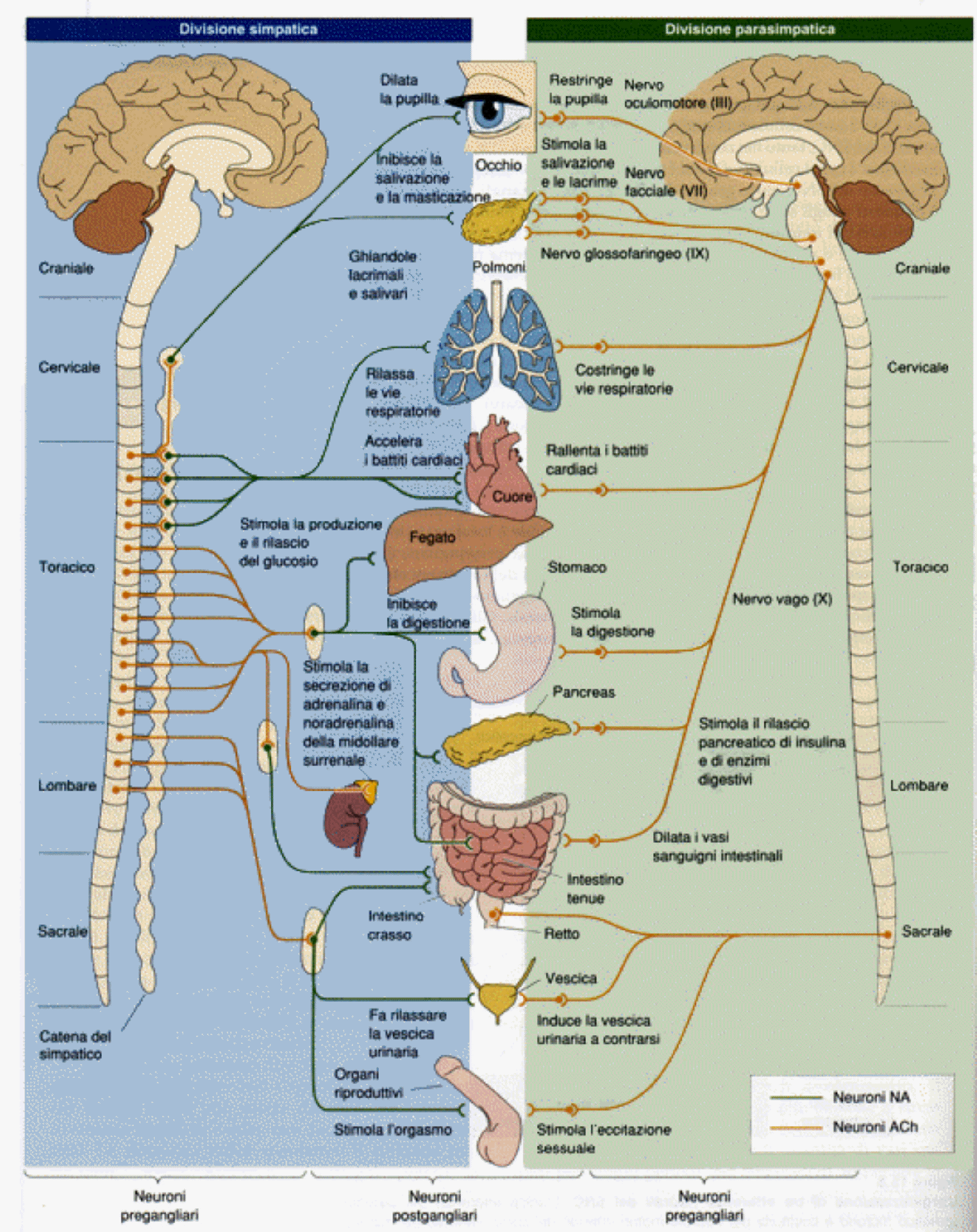
Algoritmi
Un po di idee
- Computazione: Trasferimento, processamento e stoccaggio di formazione.
- -> Memoria, funzione di trasferimento etc..
Poi volendo parliamo di cognizione e machine learning
Machine Learning

Reservoir Computing


backprop

E-prop

Turing cose
A Neural Turing machine (NTMs) is a recurrent neural network model published by Alex Graves et. al. in 2014.[1] NTMs combine the fuzzy pattern matching capabilities of neural networks with the algorithmic power of programmable computers. An NTM has a neural network controller coupled to external memory resources, which it interacts with through attentional mechanisms. The memory interactions are differentiable end-to-end, making it possible to optimize them using gradient descent.[2] An NTM with a long short-term memory (LSTM) network controller can infer simple algorithms such as copying, sorting, and associative recall from input and output examples.[1] They can infer algorithms from input and output examples alone.
https://en.wikipedia.org/wiki/Neural_Turing_machine
https://en.wikipedia.org/wiki/Recurrent_neural_network
Conti
1+11 =
23*5 =
25*77 =
2346 - 1352353 =
19*3245325=
Test
Rapido

Chi è?
In generale
Quindi il problema non è di potere computazionale, gli spiking neural network non si sa bene cosa possono computare!
Sono super turing? che vuol dire?
La cognizione "animale" è super turing? è un'altra cosa?
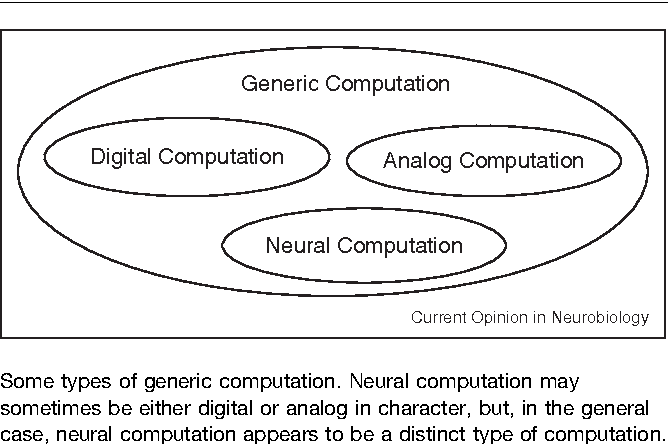
Neuromorphic devices
 \
\
Moore's law
Dennard scaling, also known as MOSFET scaling [bla bla 1974], states, roughly, that as transistors get smaller, their power density stays constant, so that the power use stays in proportion with area; both voltage and current scale (downward) with length.
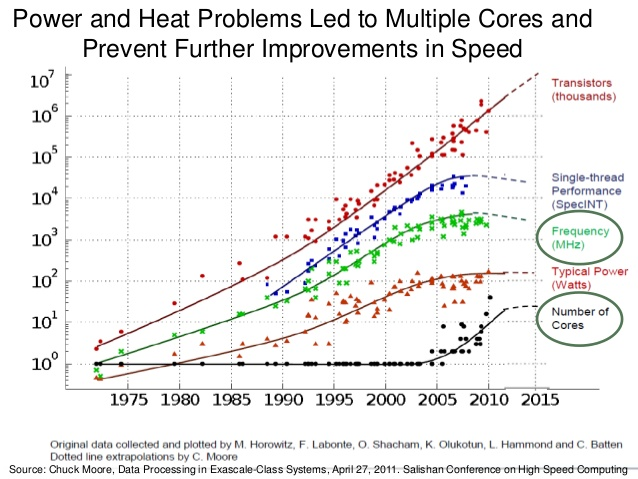
Tempo/Spazio/Energia
Note that a “human-scale” simulation with 100 trillion synapses (with relatively simple models of neurons and synapses)
required 96 Blue Gene/Q racks of the Lawrence Livermore National Lab Sequoia supercomputer—and, yet, the simulation ran 1,500 times slower than real-time.
A hypothetical computer to run this simulation in real-time would require 12GW, whereas the human brain consumes merely 20W.
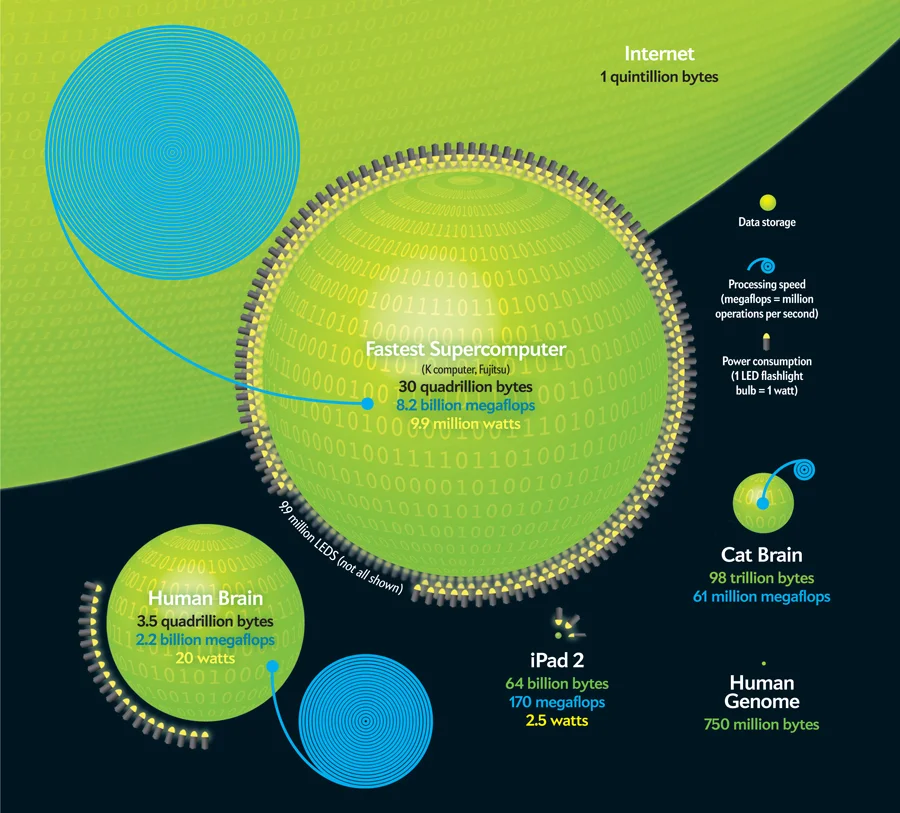
Consumo machine learning
True North
https://www.research.ibm.com/artificial-intelligence/experiments/try-our-tech/
http://www.lescienze.it/news/2014/08/11/news/chip_reti_neurali_cervello_consumi_ridotti_efficienza_truenorth-2245681/
https://en.wikipedia.org/wiki/TrueNorth
Brain Drop
Braindrop is the first neuromorphic system designed to be programmed at a high level of abstraction. Previous neuromorphic systems were programmed at the neurosynaptic level and required expert knowledge of the hardware to use. In stark contrast, Braindrop's computations are specified as coupled nonlinear dynamical systems and synthesized to the hardware by an automated procedure. This procedure not only leverages Braindrop's fabric of subthreshold analog circuits as dynamic computational primitives but also compensates for their mismatched and temperature-sensitive responses at the network level. Thus, a clean abstraction is presented to the user. Fabricated in a 28-nm FDSOI process, Braindrop integrates 4096 neurons in 0.65 mm 2 .
Reference
https://web.stanford.edu/group/brainsinsilicon/neuromorphics.html
http://www.human-memory.net/ | The Human Memory - what it is, how it works and how it can go wrong
http://www.human-memory.net/processes_storage.html | Memory Storage - Memory Processes - The Human Memory
https://www.semanticscholar.org/paper/Foundations-of-computational-neuroscience-Piccinini-Shagrir/d01b28fb22346bea00b053b8ccbd00ffc202ccf0/figure/0 | Figure 1 from Foundations of https://www.scientificamerican.com/article/computers-vs-brains/?redirect=1
computational neuroscience - Semantic Scholar
https://en.wikipedia.org/wiki/Dennard_scaling#Breakdown_of_Dennard_scaling_around_2006 | Dennard scaling - Wikipedia
http://jackterwilliger.com/biological-neural-network-synapses/ | Synapses, (A Bit of) Biological Neural Networks – Part II
https://en.wikipedia.org/wiki/Von_Neumann_architecture | Von Neumann architecture - Wikipedia
https://books.google.it/books?hl=it&lr=&id=_eDICgAAQBAJ&oi=fnd&pg=PR5&dq=Bert+Kappen+neuromorphic&ots=vO-WQ-2b91&sig=0qSWaafR2Dv2Dm0QCJAqHyEkKFU#v=onepage&q=Bert Kappen neuromorphic&f=false | Modeling Language, Cognition And Action - Proceedings Of The Ninth Neural ... - Google Libri
https://en.wikichip.org/wiki/intel/loihi | Loihi - Intel - WikiChip
https://en.wikichip.org/wiki/neuromorphic_chip | Neuromorphic Chip - WikiChip
https://en.wikipedia.org/wiki/Moore%27s_law | Moore's law - Wikipedia
https://en.wikipedia.org/wiki/Hebbian_theory | Hebbian theory - Wikipedia
http://www.lescienze.it/news/2014/08/11/news/chip_reti_neurali_cervello_consumi_ridotti_efficienza_truenorth-2245681/ | TrueNorth, il chip a basso consumo che imita le reti cerebrali - Le Scienze
https://www.slideshare.net/Funk98/end-of-moores-law-or-a-change-to-something-else | End of Moore's Law?
https://mms.businesswire.com/media/20150617006169/en/473143/5/2272063_Moores_Law_Graphic_Page_14.jpg | 2272063_Moores_Law_Graphic_Page_14.jpg (JPEG Image, 2845 × 2134 pixels) - Scaled (44%)
https://www.techopedia.com/definition/32953/neuromorphic-computing | What is Neuromorphic Computing? - Definition from Techopedia
http://www.messagetoeagle.com/artificial-intelligence-super-turing-machine-imitates-human-brain/ | Artificial Intelligence: Super-Turing Machine Imitates Human Brain | MessageToEagle.com
https://www.quora.com/If-the-human-brain-were-a-computer-it-could-perform-38-thousand-trillion-operations-per-second-The-world’s-most-powerful-supercomputer-BlueGene-can-manage-only-002-of-that-But-we-cannot-perform-like-a-supercomputer-Why | 'If the human brain were a computer, it could perform 38 thousand trillion operations per second. The world’s most powerful supercomputer, BlueGene, can manage only .002% of that.' But, we cannot perform like a supercomputer. Why? - Quora
about:reader?url=https%3A%2F%2Fwww.nbcnews.com%2Fsciencemain%2Fhuman-brain-may-be-even-more-powerful-computer-thought-8C11497831 | Human brain may be even more powerful computer than thought
https://www.scientificamerican.com/article/computers-vs-brains/?redirect=1 | Computers versus Brains - Scientific American
https://www.youtube.com/results?search_query=go+artificial | go artificial - YouTube
https://www.youtube.com/watch?v=g-dKXOlsf98 | The computer that mastered Go - YouTube
https://www.youtube.com/watch?v=TnUYcTuZJpM | Google's Deep Mind Explained! - Self Learning A.I. - YouTube
https://cacm.acm.org/magazines/2019/4/235577-neural-algorithms-and-computing-beyond-moores-law/fulltext#R33 | Neural Algorithms and Computing Beyond Moore's Law | April 2019 | Communications of the ACM
https://medium.com/@thomas.moran23/the-amazing-neuroscience-and-physiology-of-learning-1247d453316b | The Amazing Neuroscience and Physiology of Learning
